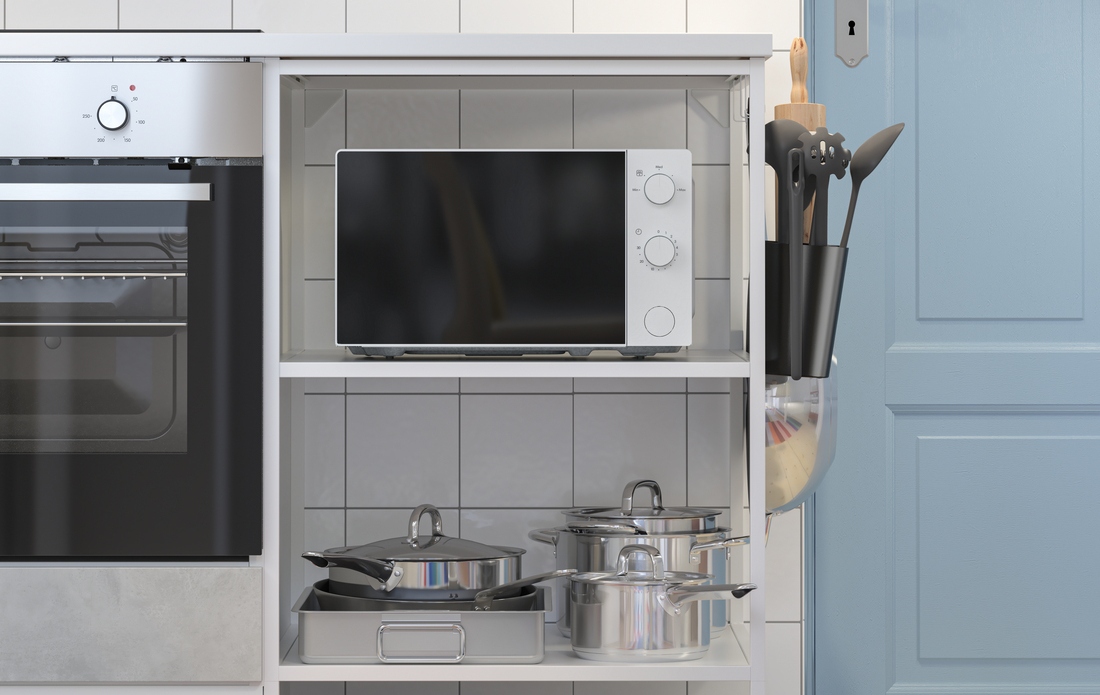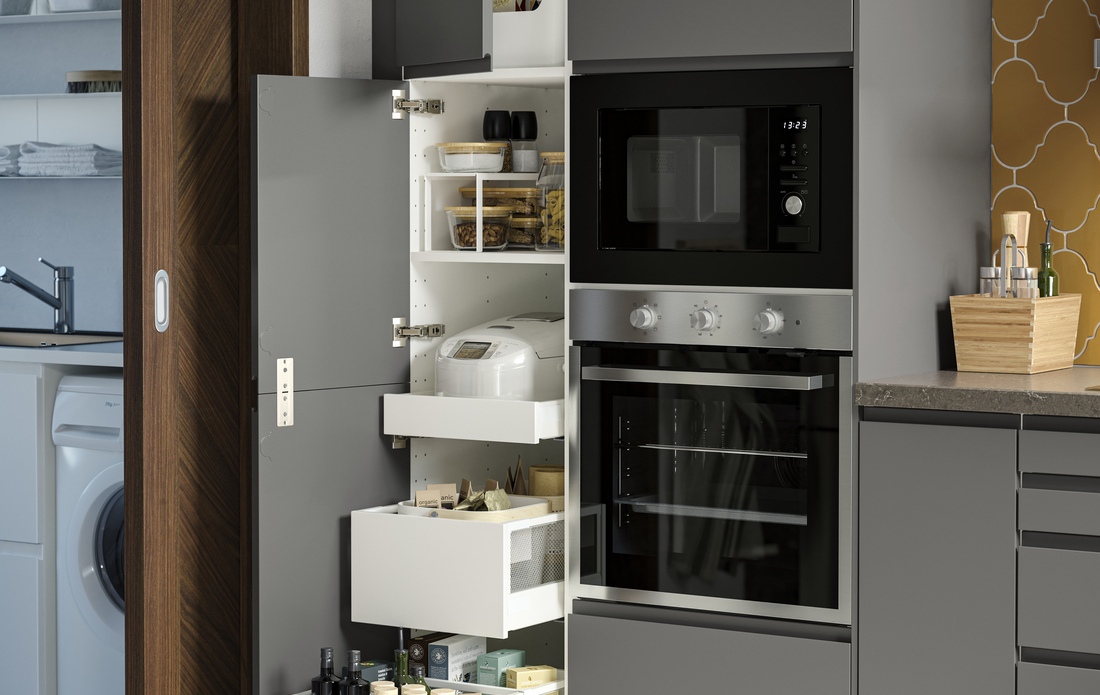Selecting a food warmer that suits your needs ensures optimal performance and maximum benefits. Here are some factors to consider:
Consider capacity and family size
The number of family members and how often you host guests will influence the type and size of the food warmer needed.
Larger families may require higher-capacity warmers or multiple units, while smaller households may only need one. With the right consideration, food warmers can be used efficiently to warm all meals as needed.
Pay attention to material and safety
Ensure the food warmer is made of food-safe, heat-resistant materials. BPA-free materials are crucial to avoid harmful chemical contamination.
Additionally, high-quality materials affect durability. Choose easy-to-clean materials that resist heat damage.
Compare features and ease of use
Some food warmers come with additional features designed for convenience, such as adjustable temperature controls, heating indicators, and timers.
Precise temperature control, for example, is essential to maintain food quality preventing overheating or drying out.
Ideas for placing food warmers in the dining room
Proper placement of food warmers helps maintain dining room tidiness while enhancing serving convenience, especially when hosting guests. Here are some placement ideas:
Place on a sideboard near the dining table
Positioning a food warmer on a
buffet cabinet close to the dining table makes it easier for family members to serve and refill food. Buffets can also function as a staging area for serving plates and utensils, streamlining the process.
Combine with multipurpose shelves
Kitchen shelves aren’t just for storage they can also serve as a spot for food warmers. Choose a stable, heat-resistant shelf for safe placement.
With proper arrangement, kitchen shelves can be both decorative and space-efficient.
Tips for maintaining and using food warmers for longevity
Proper care ensures food warmers function optimally and last longer. Here are some tips:
Clean regularly after use
Thoroughly clean the food warmer after each use. Use gentle, non-abrasive
cleaning tools to avoid surface damage.
Leftover food residue can cause buildup and unpleasant odors. Maintaining cleanliness not only prolongs the tool’s lifespan but also ensures food hygiene.
Follow usage instructions
Most food warmers come with a user manual. Take time to read and understand the instructions to ensure safe and correct usage. Proper use according to guidelines helps maintain performance and prevents damage from misuse.
Create warm moments at the dining table with IKEA


